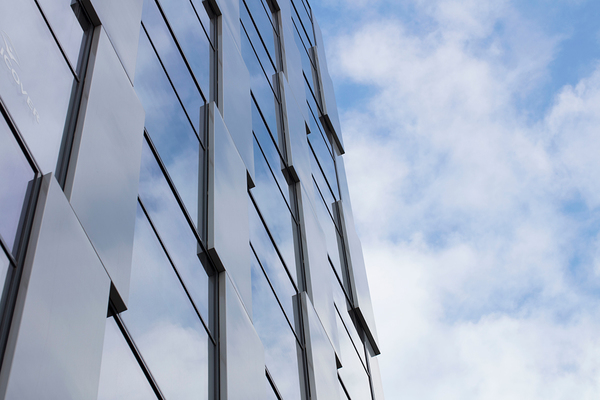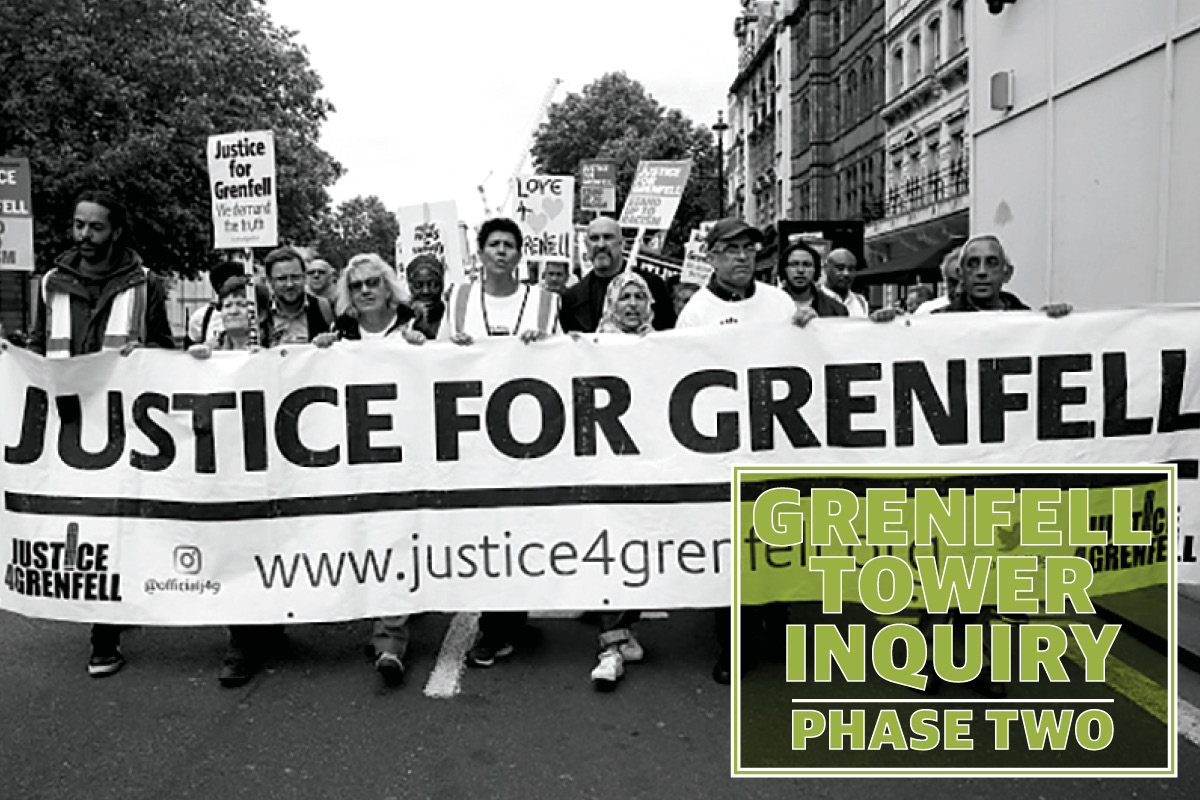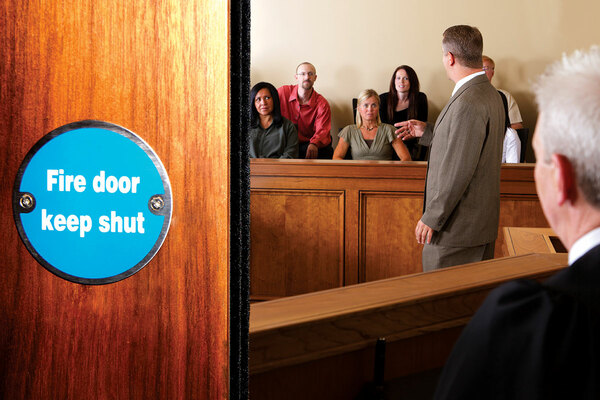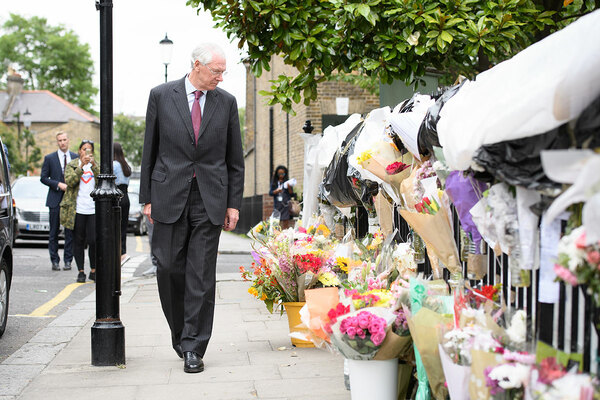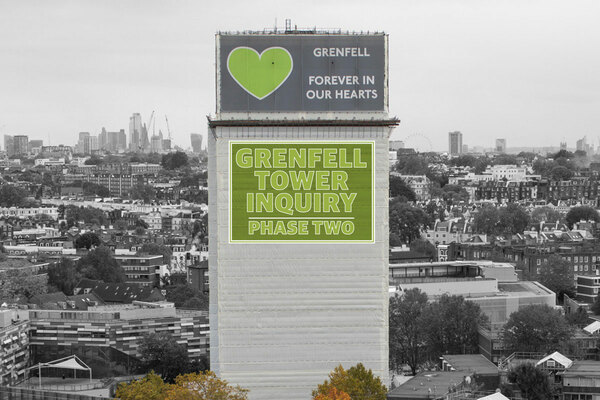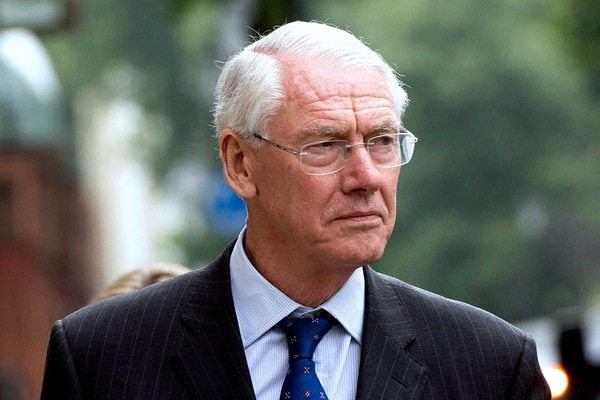Grenfell Tower Inquiry phase two preview: the fire doors and windows
Ahead of the start of phase two of the Grenfell Tower Inquiry on 27 January, Inside Housing is previewing some of the issues that will be under consideration. In the fourth of these, Peter Apps looks at some of the questions surrounding the fire doors and windows
Fire doors
Phase one of the Grenfell Tower Inquiry already pointed the finger at fire doors in particular, in its discussion of why ‘compartmentation’ of the building failed so drastically, allowing smoke to fill many of the lobbies and eventually the stairwells.
In short, this comes down to two specific failings.
First, ‘self-closers’ on flat entrance doors were broken or missing in many instances, meaning that when some residents fled, the door stayed open behind them. Smoke then billowed out from burning flats into the communal areas.
This aspect is a question of basic housing maintenance. Best practice guidance suggests that the performance of self-closers should be checked every six months. Moreover, faults were reported to the building manager, Kensington and Chelsea Tenant Management Organisation (KCTMO), in the months leading up to the fire but were not fixed and in some cases were actively removed, according to survivors’ witness statements.
Prepared by KCTMO’s risk assessor, it raised concerns about smoke sealing on flat entrance doors.
It said: “Some of the flat entrance doors on this building are not fitted with cold smoke seals as required by building regulations. The building control officer has stated that smoke seals should not be fitted on these doors.”
Later, it added concerns about the doors that separated the lobby from the stairwells. It said: “Some of the staircase doors are not being closed fully by the self-closing devices… these doors should be picked up during the caretakers’ inspection of the doors.”
The extent to which these warnings were acted on, and the maintenance of the doors by the TMO generally, will be closely scrutinised in the months ahead.
Second, there are questions about the quality of the fire doors themselves. A door replacement programme that began in 2011 replaced 106 of the 120 doors in the tower with a ‘Masterdor Suredor’ made by Manse Masterdor – a now defunct fire door company.
After the fire, these doors failed the basic 30-minute fire resistance test by 15 minutes. They had been advertised as meeting this standard and had previously passed a test commissioned by the manufacturer. But inquiry expert Dr Barbara Lane said they differed from the product originally tested by Manse Masterdor in several ways – mostly relating to hardware such as letterboxes and knockers. They had also not passed a ‘cold smoke seal’ test, according to Dr Lane, as required by guidance.
These doors were made of composite plastic, unlike traditional fire doors, which are made of timber. Since this revelation, it has emerged that tens of thousands of other composite doors on the market have also failed to meet the basic standards when tested – raising major questions about the suitability of the current testing regime and composite doors in general.
The evidence in the second phase of the inquiry is likely to shed more light on this debate.
Grenfell Tower Inquiry phase two: modules
Inquiry chair Sir Martin Moore-Bick (picture: Getty)
The second phase of the Grenfell Tower Inquiry will be split into eight separate modules. Hearings will begin on Monday 27 January with the first module called ‘The primary refurbishment (overview and cladding)’.
This will include an examination of the decision to carry out the refurbishment and its budget, as well as the procurement of Rydon to act as the ‘design-and-build’ contractor for the job.
The selection of the materials in the cladding system, their compliance with the regulations and the process of building control will also come under the spotlight.
The inquiry will then move on to the testing, certification and marketing of the cladding products used.
Other modules will include active and passive fire prevention features of the tower – such as fire doors, lifts and the smoke control system, the role of central government and further evidence about the preparedness of the fire service.
Windows
The fire in the kitchen on the fourth floor of Grenfell Tower that started the deadly blaze was described by judge Sir Martin Moore-Bick as “an ordinary domestic fire”. The important question is how it was able to break out of the kitchen and ignite the cladding.
Expert evidence adduced in the first phase concluded that the windows “had very little capacity to resist a fire and that it was likely that a fire anywhere near a window would break out of the flat and into the cladding”.
This was due to a high volume of combustible material in its construction – insulation around the window and the extractor fan, as well as the uPVC frame – and the presence of large ‘cavities’, which gave routes for fire to spread.
This is a major question for the inquiry because the windows were new. They were installed during the refurbishment by lead contractor Rydon.
This work was done with the residents in the building, which meant the new windows were effectively built outside the previous windows, with the old frames removed once the new windows were installed. This meant they were pushed further forward within the new cladding system, opening up the cavities the expert witnesses described.
One of the windows from the tower after the blaze (picture: Dr Barbara Lane)
How and why these decisions were made, the quality of the work and what thought was given to fire safety will likely be a line of investigation.
But this will not be the end of the questions about the windows.
First, they were an element of the refurbishment that residents of the tower raised major concerns about following their installation, with many reporting cold drafts from the new windows. Like the fire door self-closers, investigating how these complaints were addressed and listened to is very likely to form part of the inquiry’s work. Government guidance comes into the equation once more. The rules around windows are complex, but they are generally considered an “unprotected area”, with limited restrictions on fire resistance.
Builders have interpreted this widely to permit the use of combustible insulation, and many windows around the country – like Grenfell’s were – are bordered by insulating panels filled with a highly combustible insulation such as polystyrene. The use of combustible materials in and around windows has been linked to multiple other high-rise fires – not least Lakanal House – and the adequacy of government guidance on this point will surely be investigated by the inquiry.
Grenfell Tower Inquiry phase two previews
Picture: Getty
Inside Housing published a series of preview articles ahead of the start of Phase Two of the Grenfell Tower Inquiry on Monday 27 January. You can read them here:
What was known in central government about cladding?
What did officials know about the dangers of fire from combustible cladding, and did they act on the warnings?
Click here to read the full story
The testing and certification of materials
What tests and certificates existed for the materials used in the cladding system on Grenfell Tower, and was the system that provided them fit for purpose?
Click here to read the full story
The decision to install the cladding
Who decided to install polyethylene-cored ACM cladding on Grenfell Tower and why?
Click here to read the full story
The fire doors and windows
What went wrong with the fire doors and window installed at the tower?
Click here to read the full story
The warnings of the local community
What did residents say before the fire and why were they ignored?
Click here to read the full story
Over the course of the inquiry, Inside Housing will publish regular news updates on its progress and a weekly round-up of the key evidence and its significance for the social housing sector every Friday afternoon.
Grenfell Inquiry: what will be investigated in phase two
Picture: Rex Features
The deceased
Sir Martin originally hoped he would be able to publish findings on the circumstances in which the deceased met their deaths as part of phase one. This has now been pushed to phase two as it requires “more detailed examination of the evidence that has been yet been possible”.
The London Fire Brigade
A further investigation will be made into the London Fire Brigade (LFB) as an organisation, following the failures of response identified in phase one of the report. This will include questions over training and a greater scrutiny of those at the top.
Testing and certification of materials
Questions over how Grenfell came to be covered in highly combustible materials will “lie at the heart” of phase two. This will involve looking into the adequacy of regulations, the effectiveness of the tests currently in use and the manner in which materials are marketed.
Design and choice of materials
The 2016 refurbishment of the Grenfell Tower will be under the spotlight in phase two, with questions being asked about why aluminium composite material (ACM) panels and combustible insulations was chosen. This will include an examination of the government’s building regulations.
Fire doors
Following the concerns raised over fire doors as part of phase one, phase two will look further into whether these doors complied with regulations, whether they were able to provide appropriate protections against fire and smoke and if not, how that situation came about and why.
Window arrangements
Phase one found the use of uPVC window jambs in close proximity to combustible insulation allowed the fire to initially escape the flat in which it began. Decisions made over windows as part of the 2016 refurbishment will also be explored in phase two.
Lifts
It appears that the ‘fireman’s switches’, which should allow firefighters to take control of a lift, were not working on the night of Grenfell, leading to fatal consequences. Phase two will investigate whether the lifts in Grenfell were properly maintained.
Smoke extraction system
An investigation will be carried out into suggestions, made as part of phase one, that the smoke extraction system failed to operate in accordance with its design and potentially contributed to the spread of smoke between different floors.
Local community warnings and the authorities’ response to Grenfell
Phase two will delve more into accusations that local community warnings over fire safety and the refurbishment were ignored by the tenant management organisation. It will also scrutinise the authorities response to the disaster in the immediate aftermath.


